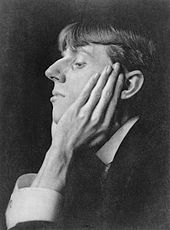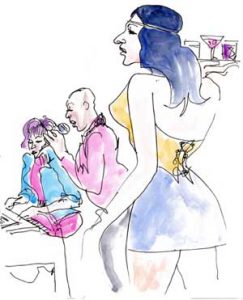Composition : Where the subject matter sits in relation to the frame of the image or Picture Plane.
Picture Plane: The frame of the image. Everything inside the frame of the image makes up the picture plane.
Value: All of the different shades including and between white and black, which make up the image.
Contour: All of the edges which separate one part of the image from another: i.e. the outlines! ‘contour’ is French for ‘outline”.
Focal Point : A specific place of visual emphasis in a work of art or design.
Line Weight : The relative ‘weight’ – strength, heaviness, or darkness – of the contour line.
Contrast: The arrangement of opposite elements (light vs. dark, rough vs. smooth textures, large vs. small shapes, etc.) in a piece so as to create visual interest, excitement and drama.
Balance: The sense of distribution of perceived visual weights of the parts of an artwork.
Symmetry: A mirror image — identical on both sides of a central line.
Asymmetry: Not a mirror image — not identical on both sides of a central line.
Negative Spaces: The empty areas within a composition.
Positive Forms: The objects or persons within the drawing. The subject matter.
Silhouette: A silhouette is an object or scene represented as a solid shape with its edges matching the exterior contour of the subject. The interior of a silhouette is featureless, with no interior details.
Scale: Size, usually in comparison to something else. For instance, a child is a small-scale person, while a giant is large scale. Both people are being compared to the average size of an adult.
Proportion: the relative amount of something compared to something else. For instance, Johnny is twice the size of his sister, or there are twice as many apples as oranges in the bucket.





